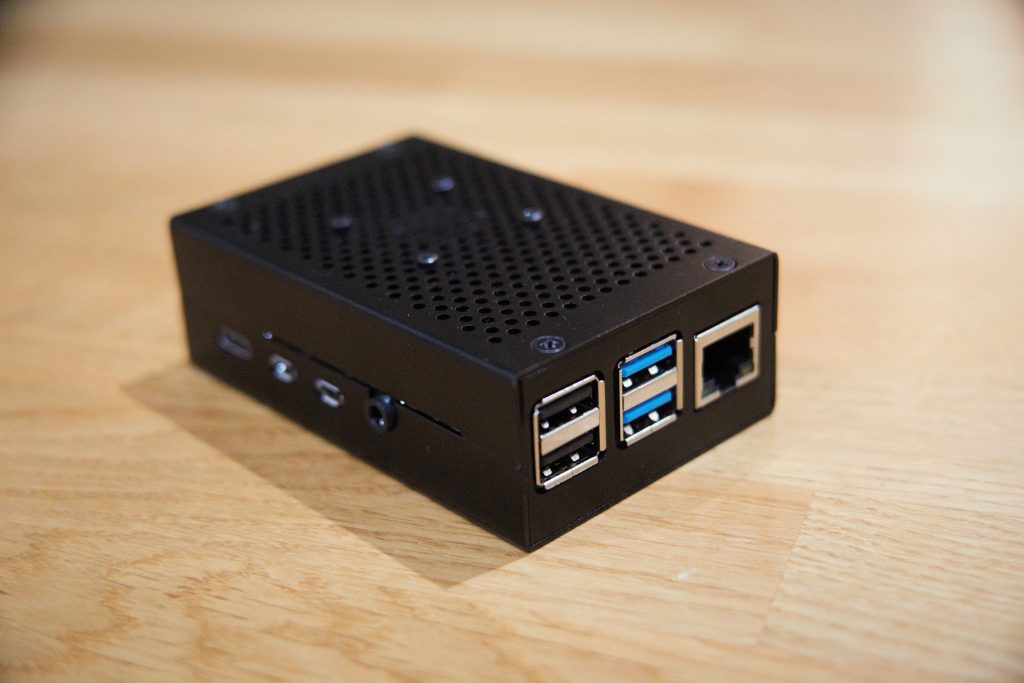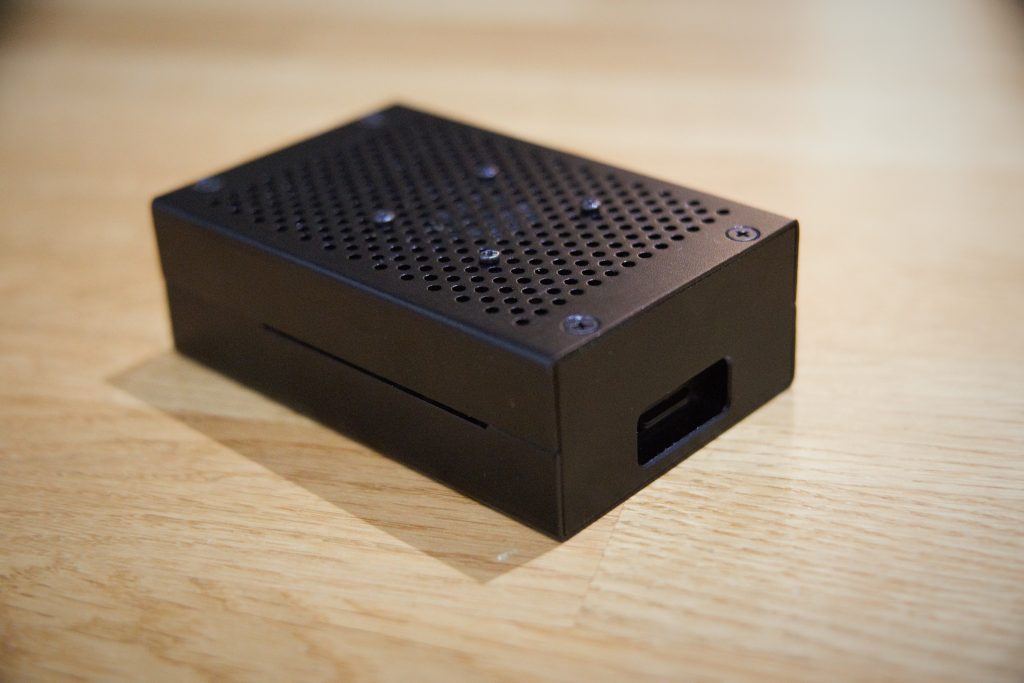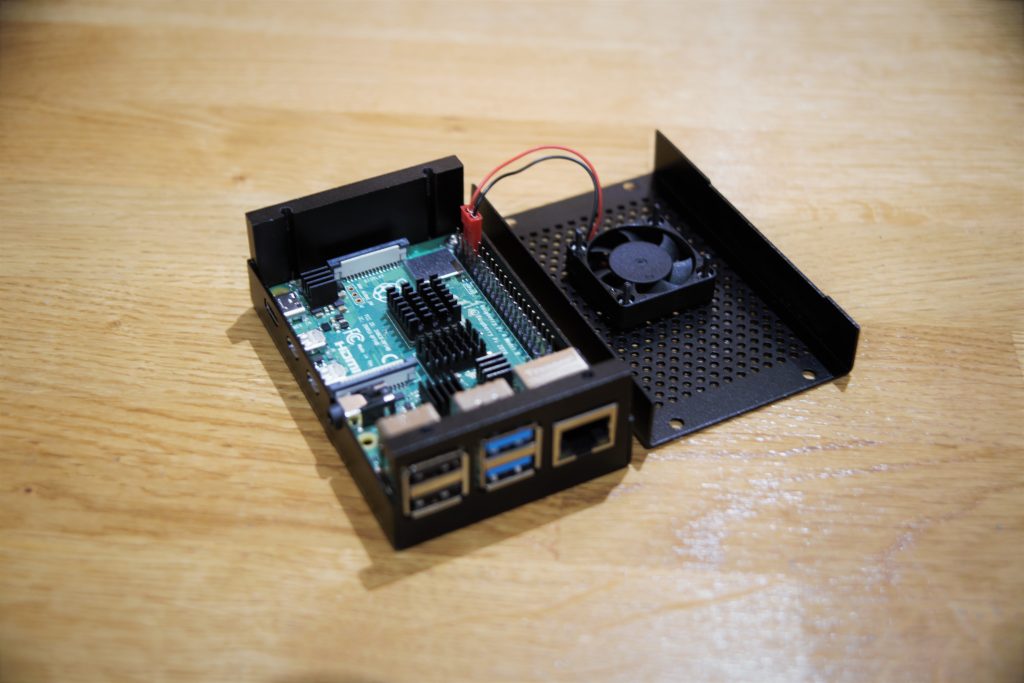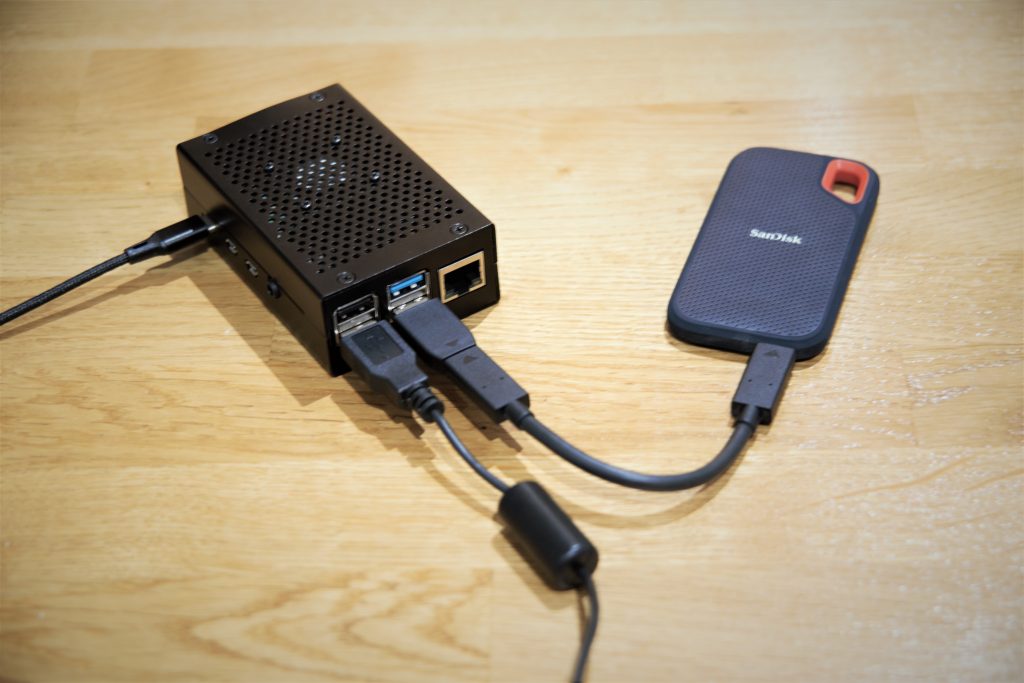Nom nom nom, delicious astro-photography raspberries

The skies have not been kind – soo, a great opportunity to do some more technical bits inside the house. I’ve been experimenting with kStars and Ekos/INDI running on a Raspberry Pi 3 for a while and now – tried and tested – I’ve built a new Raspberry Pi 4 dedicated controller for my astronomy equipment.
Absolutely love the compact, durable case I found – this’ll be strapped to my mount, to control my equipment remotely.
Currently testing to control the DSLR only (the CG-3 mount is unguided), but eagerly awaiting a HEQ5-Pro that’ll be controlled too.
Experienced some issues regarding speed, image formats and image dimensions – particularly with calibration frames.
- Speed – over 110 seconds to save each sub.
- DSS detecting only 2 or 3 stars despite promising previews.
- Flats taken with EKOS using a different colour depth and DSS refusing to accept them.
- Calibration frames (e.g. flats or bias taken with the camera itself) not being compatible.
Biggest issue was simply incorrect sensor data being listed in the online camera database for the Canon EOS 6D. Other incompatibilities resolved by either switching to native RAW formats within Ekos or keeping to FITS and ensuring that all calibration frames are taken from within Ekos itself.
The new Pi 4, a decent SD card and USB 3.0 drive for saving the images has brought the image acquisition time down from that ~110 seconds per sub to only 16 seconds.
In useful numbers (for the short 10 seconds exposure the CG-3 can manage) this means an additional 183 frames per hour.
Really impressed with the system – low cost device, free software platform and remote control – either via a web browser or running kStars locally on your device.



